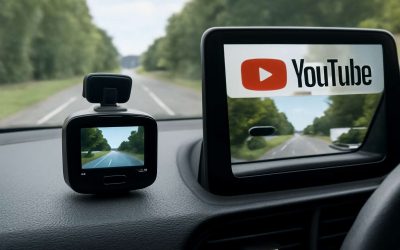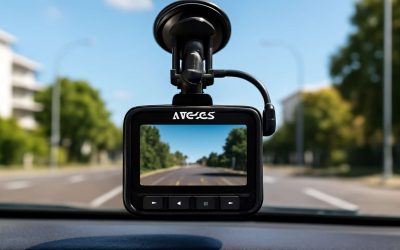
The best dash cams capture high-resolution footage that’s suitable for insurance claims or evidence in case of a crash. Many models have a wide-angle lens and include a built-in microphone so you can also record audio in the car. Some feature a GPS chip to pinpoint your location and a parking mode that automatically records when the camera detects your vehicle has been left unattended for an extended period of time.
Whether you want to record road trips or keep an eye on your vehicle while it’s parked, there’s a dashboard camera to fit your needs. Most cameras come with a mount that’s easy to install and can be moved between vehicles using a suction cup. If you’re interested in a more advanced model, consider one that connects to your smartphone so you can adjust settings and replay video on the go. Some even upload clips to the cloud so they’re safe from damage and theft.
Some models also have a G-Sensor that can sense when you hit something or the car starts to tilt. These features can help you identify the cause of an accident and determine who is at fault, which could save you money in a dispute with an insurance company. You can also find dash cams with a 360-degree view that can record what’s going on behind your vehicle as well as front and rear views. These can be especially helpful if you’re driving in a city with chaotic traffic.
Anyone who spends significant amounts of time in their car can benefit from a dash cam, but rideshare drivers and other professions that rely on ground transportation are particularly vulnerable to incidents while at work. These individuals are exposed to dangerous and irresponsible drivers who may try to make false insurance claims or extort money from them. The right dashboard camera can provide an extra layer of protection to these professionals and give them peace of mind on the job.
The most basic dashboard cameras are small, low-cost units that typically record in a standard 720p resolution. They’re simple enough to set and forget, and most can be installed within seconds by attaching them to the windshield with a suction cup.
Most quality dashboard cameras have a memory card slot that can accept micro SD cards with storage capacities up to 256GB. A larger capacity means more hours of recording before the loop is overwritten, which can be useful for commercial or frequent drivers.
Some models offer the option to upload footage to the cloud, which can be helpful if you don’t have a large capacity SD card. The downside is that you’ll need a smartphone with Wi-Fi or a data plan in order to access and review the footage. In addition, the camera will use up some of your phone’s battery power. If you’re looking for a dash cam that won’t drain your battery, check out options that use LiPo batteries or capacitors rather than an internal rechargeable battery to operate.


0 Comments